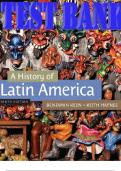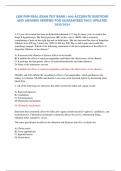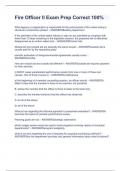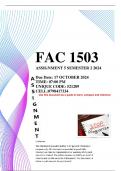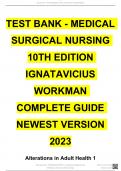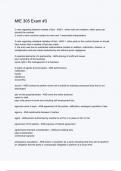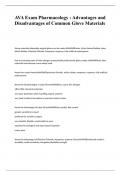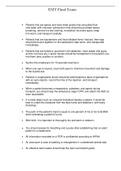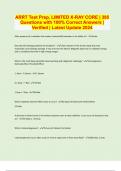Exam (elaborations)
TEST BANK for A History of Latin America 9th Edition by Keen Benjamin & Haynes Keith | Complete 22 Chapters
TEST BANK for A History of Latin America 9th Edition by Keen Benjamin & Haynes Keith. ISBN 9781133709329, ISBN-. _TABLE OF CONTENTS_ I. The Colonial Heritage of Latin America. 1. An cient America. 2. The Hispanic Background. 3. The Conquest of America. 4. The Economic Foundations of Colonial Li...
[Show more]
